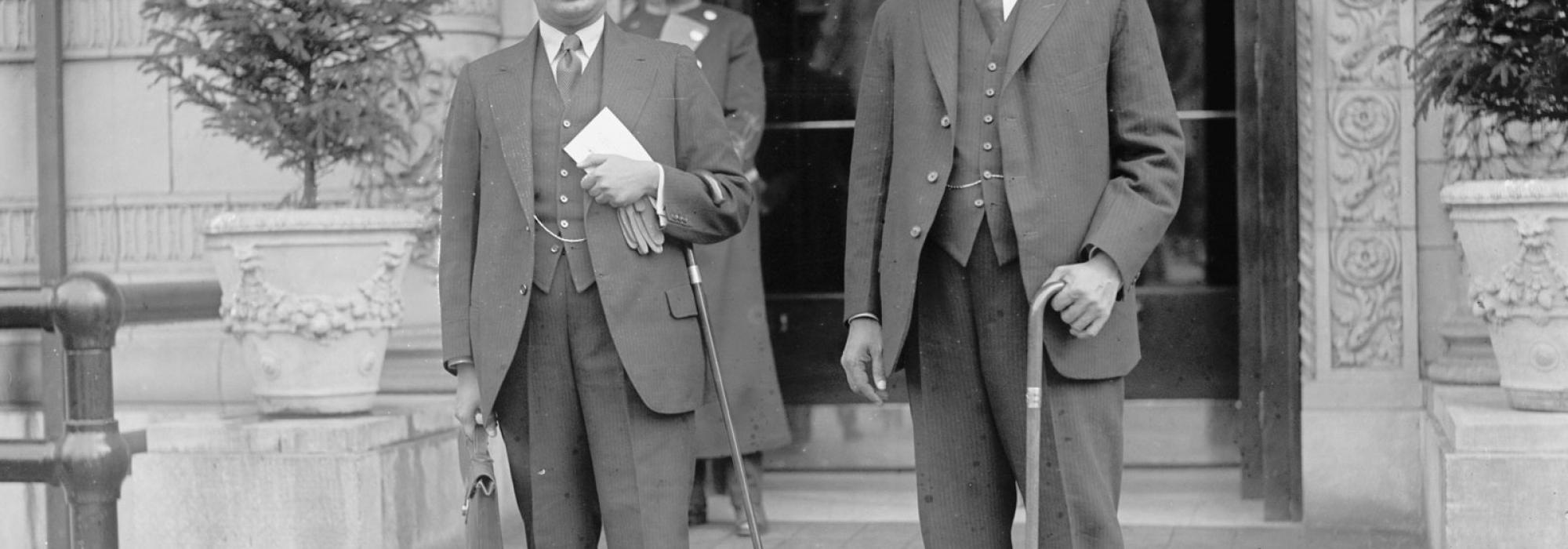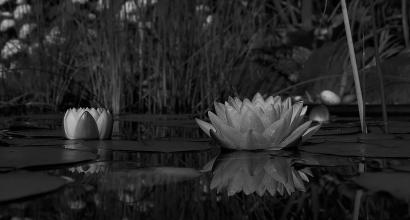The Lecture at Shankara Mutt
Srinivasa Sastri visited Bangalore in about 1909-10 for publicizing the activities of the Servants of India Society. I remember him delivering a talk in the Lecture Hall of the Shankara Mutt (located in today's Chamarajapet, Bangalore) back then. It was a pleasure to listen to his flawless English. The content of his lecture was elevating. He said – “Our attempts at developing the nation needs to be carried out systematically, step by step. Just as the builders of Taj Mahal measured each stone, polished it and raised the walls and the gopuras, we too need to work with patience, dedication, refinement and care for the nation’s welfare”. Such was his suggestion during the talk. I didn’t display much enthusiasm in critically analysing the talk – I said that both the content and the language were about ordinary. Some of my friends remarked – “This is too much of an objection” and the others retorted – “you seem to be quite intolerant”. There were also others who challenged – “Try delivering a lecture like him, let us see!” The accusations made by my friends made sense to me. I now confess that my words had stemmed out of haughtiness.
I realised the felicity and lucidity in Sastri’s talks only two years later. What initially started with a note of disinterestedness later made me crave for being his disciple.
My first conversations with Srinivasa Sastri
About two years after he delivered his talk at the Shankara Mutt, Sastri visited Bangalore once again. T. Ananda Rao was the Diwan of Mysore back then. The government of Mysore had stopped Sastri from delivering a certain lecture. I was one of the editors of an English magazine called ‘Mysore Times’. Though I was a mere editor, the job of the Editor-in-chief was entirely on my head. I wrote an article on the conduct of the Mysore government in this particular matter. I am unable to recollect the manner and style in which I presented the issue at hand. My friends greatly appreciated my article. One of them (it was probably K.S. Krishna Iyer) placed my article before Srinivasa Sastri.
That night, Srinivasa Sastri was the chief guest at an informal dinner gathering. The dinner meeting was at a house called Elephant Lodge located on the fourth street in Chamarajapet. The house belonged to the famed R. Gopalaswami Iyer brothers. We were being hosted well. I was present at the place when Srinivasa Sastri arrived as a guest that evening. That is the first time I had a brief conversation with him – it lasted only for a minute or two. It was just an exchange of pleasantries.
The Society for Social work
An association for social work was initiated by Diwan Sir M Vishvesvaraya in about 1913-14 in Bangalore. It was named ‘Civic and Social Progress Association’. The crown prince (yuvaraja) Kantirava Narasimharaja Wodeyar was the patron of this association. V.S. Srinivasa Sastri was invited to deliver the inaugural address at the occasion. I think it was this lecture by Sastri that captured my heart. During the lecture, Sastri quoted a few verses from the Ramayana and rendered their translation in English. When Rama left for the forest, Kausalya Devi said the following –
यं पालयसि धर्मं त्वं
धृत्या च नियमेन च ।
स वै राघवशार्दूल!
धर्मस्त्वामभिरक्षतु ॥
May the dharma you are adhering to, with steadfastness and sincerity, protect you, O Rama!
With this verse, Sastri explained the purview and the significance of dharma.
The Company of Friends
Thereafter, Srinivasa Sastri visited Bangalore once every year or every other year. He had several friends in Bangalore. Dr. CB Ramaraya, the headmaster of London Mission School, K Ramachandraraya, M. Srinivasa Iyengar of the 'Mysore Standard' magazine, Sub-Judge Varadaraja Iyengar, Varada Iyengar, the younger brother of M.B. Srinivasa Iyenger and D.Venkataramayya of the Education Department were prominent among his close associates in Bangalore.
Sometime before 1908, Kier Hardie who was the head of the British Labour Party and a member of the British Parliament visited India. Gopala Krishna Gokhale who wanted the guest to see India, appointed Srinivasa Shastri to take him around the country. Srinivasa Sastri not only visited Bangalore and Mysore but also accompanied Kier Hardie to places such as Kolar Gold Fields where several people worked. He took stock of the situation and the status of the labourers there. This is how Srinivasa Shastri got acquainted with the Mysore province.
Privy Councillor
In about 1921-22, Srinivasa Sastri toured England, Canada, New Zealand and other foreign counties. He was well known around the world by then. The British Royalty honroed him by appointing him as the Privy Councillor. There were people who were against this decision. I wrote an article in English refuting those who had raised objection to this move. Sastri returned to India after about two to three months. Dr. C.B Ramaraya was the Chief Guest of the event. I went to him. He expressed his gratitude for my writing and pointed out a couple of mistakes in the article. The manner in which he spoke to me during this event made me extremely happy.
Rest
In 1923, Srinivasa Sastri came to Bangalore to take rest and for the betterment of his health. When he was in England, he often faced problems with his heart-beat. I have heard that a specialist who can treat such ailments lived on the Harley Street. The specialist examined Srinivasa Sastri and advised him to stay in a cool place, free of noise. He was to spend a couple of years in such a place to regain health.
Once Sastri returned to Madras, he had discussions with his colleague Vajapeyam Venkatasubbayya and his close friend T.R. Venkatarama Shastri. All of them were of the opinion that Bangalore would be the most suitable place for him to take rest. He decdied to come to Bangalore under one condition: “D.V.G should give his word that he will constantly be in the company of Srinivasa Sastri. Only if he agrees to this, Sastri will spend six to eight months in Bangalore”
We rented a house that belonged to T.K. Srinivasa Shetty in the fourth cross road of Basavanagudi for Srinivasa Sastri to stay. The house had roads on three sides and was big enough for his family to move in. There was a small garden around the building and it was in the vicinity of Lal Bagh. Even in the later years, when Sastri visited Bangalore, he stayed at the same place. This happened at least three or four times.
To be continued...
This is the second part of the English translation of Second essay in D V Gundappa’s magnum-opus Jnapakachitrashaale (Volume 6) – Halavaru Saarvajanikaru.











































